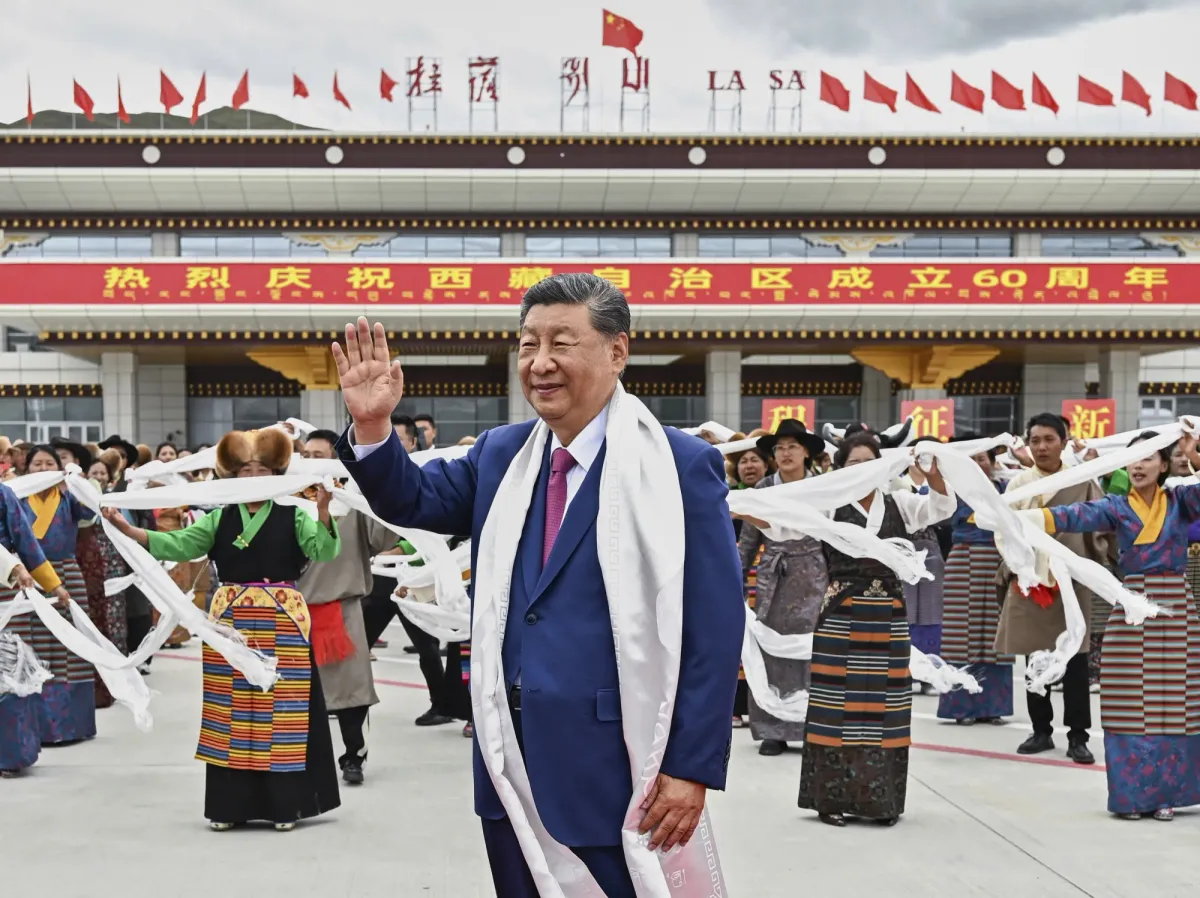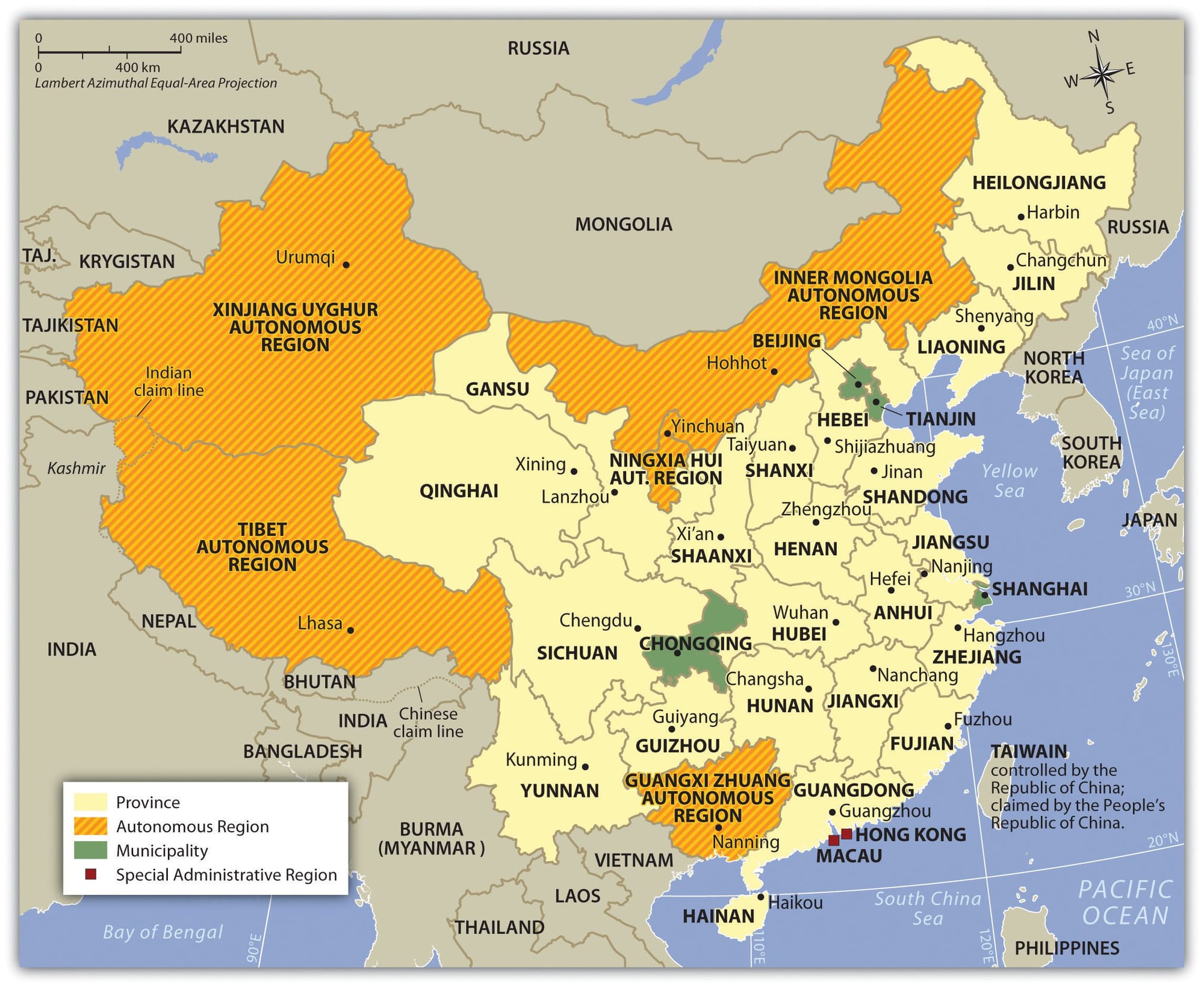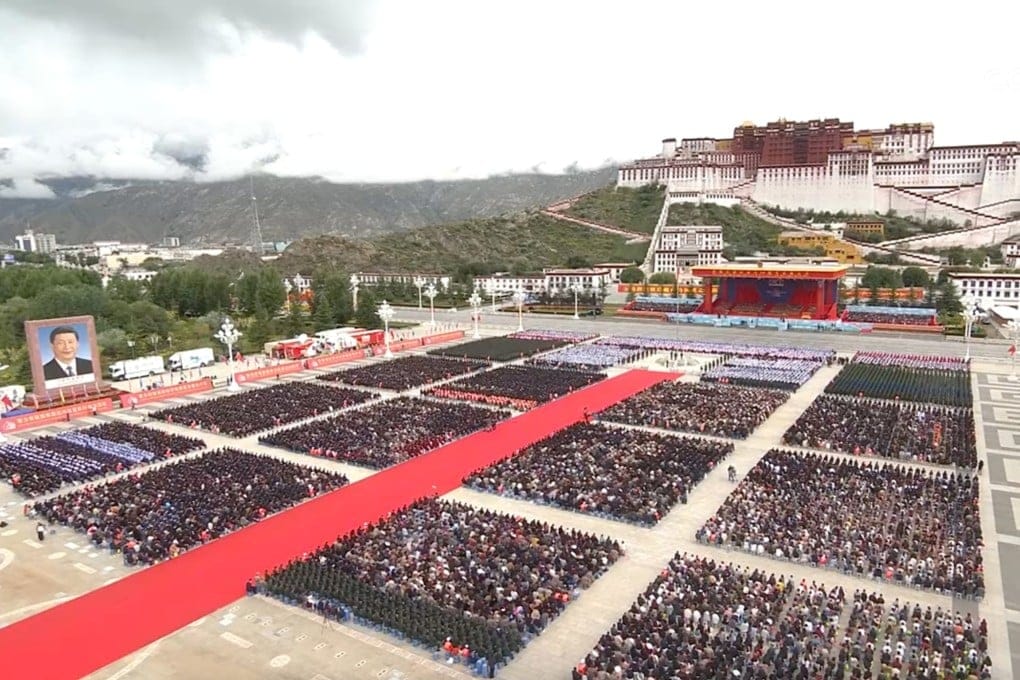China-Tibet Relations at 60: A Deep Dive into Autonomy or Control?
For 60 years, the Tibet Autonomous Region has existed under China's rule, raising a fundamental question: Is this "autonomy" a reality or a facade for total control?

Written by Lavanya, Intern, Allegedly The News
LHASA, August 21, 2025
The Historical Blueprint: From "Peaceful Liberation" to Total Control
The story of modern Tibet is a narrative of a fragile, de facto independent state being absorbed by a rising superpower. While the Chinese government asserts that Tibet has been an inalienable part of its territory since the 13th century, a claim contested by many historians and the Tibetan government-in-exile, the modern era of Chinese rule began in 1950. The People's Liberation Army (PLA) entered Tibet, leading to the signing of the Seventeen-Point Agreement in May 1951. This agreement, which China hails as a voluntary union, pledged to respect Tibet's existing political system and the authority of the Dalai Lama. However, it was signed under duress, as documented by the Dalai Lama himself, who later repudiated it.
The fragile peace was shattered in March 1959 with a full-scale uprising in Lhasa, which was met with a brutal crackdown. The 14th Dalai Lama, Tenzin Gyatso, fled to India, marking a pivotal turning point. His departure and the subsequent establishment of the Tibet Autonomous Region (TAR) in 1965 solidified Beijing's administrative control. This was followed by the devastating years of the Cultural Revolution, during which countless monasteries were destroyed, religious practices were forbidden, and Tibetan culture was systematically attacked.
Subsequent decades have seen a cyclical pattern of brief, relative liberalization followed by renewed crackdowns in response to protests. From the late 1980s to the present, Beijing's strategy has evolved. The military occupation has been supplemented by a policy of economic development as a tool for control. The rationale is simple: improve living standards to win over the Tibetan people and, simultaneously, integrate the region so deeply into the Chinese economy that any thought of separation becomes economically and logistically impossible.
Xi Jinping’s Visit: The Political Message of a High-Stakes Trip
President Xi Jinping's recent visit to Tibet is the latest chapter in this calculated strategy. His trip, marking the 60th anniversary of the TAR's establishment, is a powerful act of political symbolism. Unlike previous leaders who largely avoided the region due to its political and logistical complexities, Xi's presence broadcasts an unequivocal message: Tibet is, and will remain, an integral part of China. The visit projects an image of a unified, prosperous, and stable Tibet under the firm control of the CCP.
The visit also serves to validate Beijing’s narrative of progress and development in the region. State media have been filled with images and stories of happy, grateful Tibetans welcoming their leader. However, sources on the ground and human rights organizations tell a different story. The visit was conducted under an extraordinary veil of secrecy and security, with major pilgrimage sites and public areas in Lhasa locked down. The move to place former political prisoners and "suspicious" individuals under house arrest ahead of the visit underscores the deep-seated insecurity of the CCP's rule and the constant policing required to maintain the facade of stability. The visit is not a testament to autonomy, but a grand display of centralized authority.

The Dual-Edged Sword: Economic Development and Cultural Erosion
Since the 1990s, China has poured billions of yuan into Tibet's infrastructure. The crowning achievement is the Qinghai-Tibet Railway, completed in 2006, which has dramatically reduced travel time and connected the region to the Chinese heartland. Airports, highways, and modern urban centers have sprung up across the plateau. For many Tibetans, this has brought tangible benefits: better access to healthcare, education, and modern amenities. The Chinese government points to these improvements as proof of its "benevolent" rule and a justification for its policies.
However, this economic boon is widely viewed as a tool for cultural assimilation. The infrastructure projects facilitate the mass migration of Han Chinese, who now dominate the urban economy, tourism, and skilled labor. This has created a two-tiered system where Tibetans are often marginalized in their own land. The state-run education system has systematically sidelined the Tibetan language in favor of Mandarin, and traditional curricula are being replaced with a "patriotic education" that promotes loyalty to the CCP and frames Tibetan history through a Han-centric lens.
The CCP’s control extends to the spiritual realm. While monasteries have been rebuilt, they are under strict state supervision. The government appoints and controls the management committees of these institutions, and monks and nuns are subjected to political re-education. The number of monks is tightly regulated, and the display of photos of the Dalai Lama is a punishable offense. This policy of "sinicization" seeks to transform Tibetan Buddhism from an independent, unifying force into a docile, state-controlled instrument, severing its deep connection to the Dalai Lama and the exiled community.
Geopolitical Flashpoints: Water, Borders, and the Indo-Pacific
Tibet's strategic importance for China extends far beyond its cultural or economic value. As the "Third Pole," the region holds the largest reserves of freshwater outside the Arctic and Antarctic, serving as the source of Asia's major rivers, including the Brahmaputra, Indus, and Mekong. China's mega-dam projects on these transboundary rivers, such as the Motuo Hydropower Station on the Brahmaputra (known as the Yarlung Tsangpo in Tibet), have raised alarm bells among downstream nations, particularly India and Bangladesh. These projects not only pose significant environmental risks but also give Beijing a potential "water weapon" to exert leverage over its neighbors in times of geopolitical tension.
The shared border with India is another critical fault line. China’s aggressive infrastructure build-up in Tibet, including new railways and highways, is seen by New Delhi as a direct threat to its national security. These projects, while officially framed as economic development, have a clear dual-use nature, allowing the PLA to rapidly deploy troops and military hardware to the border. This "border infrastructure strategy," combined with the creation of "border defense villages," is part of a larger, long-term plan to secure China's territorial claims and exert its influence in the Indo-Pacific. For India, the presence of the Dalai Lama and the Tibetan government-in-exile adds to the complexity, making the Tibetan issue a core element of its strategic calculus with China.
The Succession of the Dalai Lama: The Ultimate Test of Control
The most significant battleground for the future of Tibet is the succession of the 14th Dalai Lama. The Chinese government has made it clear that it will select the next Dalai Lama, citing historical precedents and a 2007 regulation that mandates government oversight of all “Living Buddhas.” The current Dalai Lama, however, has rejected this claim, stating that his reincarnation will be born in a "free country," and that the spiritual succession is not a political matter.
This is a high-stakes standoff. If Beijing succeeds in installing a pro-China Dalai Lama, it would create a schism in the Tibetan Buddhist community and a powerful symbol of its authority. This move would be a final, irreversible step towards neutralizing the Tibetan spiritual and political resistance. Conversely, if the Tibetan people and the international community reject a Beijing-appointed successor, it would further delegitimize China’s rule. The outcome of this struggle will not only determine the future of Tibetan Buddhism but will also be the ultimate test of China's ability to exert full control over a people who have fiercely resisted its rule for over six decades.

Final Reflections: A Struggle for Identity in a New Era
Six decades after the establishment of the Tibet Autonomous Region, the term "autonomy" feels more like a cruel paradox than a reality. China’s narrative of a "liberated, prosperous, and modern" Tibet stands in stark contrast to the on-the-ground reality of pervasive surveillance, cultural erosion, and a deep-seated fear of state authority. The modernization projects, while beneficial in some ways, are part of a broader strategy to subsume Tibetan identity, to turn a distinct culture into another cog in the vast Chinese machine.
The Tibetan struggle is a modern-day paradox: a fight for cultural survival in the face of an economic and political juggernaut. It is a testament to the resilience of a people, their spiritual leader, and a global diaspora that refuses to let the world forget. As China continues to consolidate its power on the roof of the world, the question remains whether the soul of Tibet can endure.
The Road Ahead: Questions for Discussion
How can the Tibetan diaspora and international community exert meaningful pressure on China without provoking a more severe crackdown on the people of Tibet? Given the strategic importance of Tibet for its water resources and border security, is it possible for India and China to find a shared solution that respects both countries’ national interests and the rights of the Tibetan people?
Sources
International Campaign for Tibet, The Economic Times, The Guardian, Associated Press, Council on Geostrategy.




